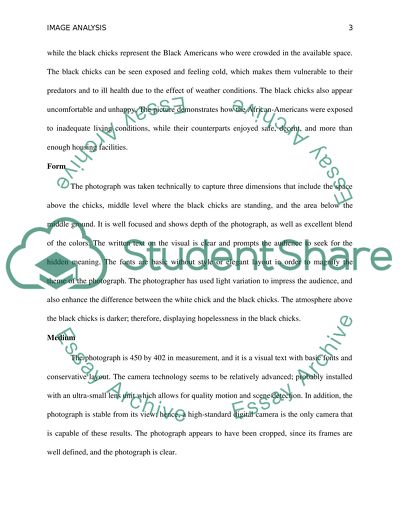Cite this document
(“Image Analysis: A Suggested Process Essay Example | Topics and Well Written Essays - 3000 words”, n.d.)
Retrieved from https://studentshare.org/visual-arts-film-studies/1669086-image-analysis-a-suggested-process
Retrieved from https://studentshare.org/visual-arts-film-studies/1669086-image-analysis-a-suggested-process
(Image Analysis: A Suggested Process Essay Example | Topics and Well Written Essays - 3000 Words)
https://studentshare.org/visual-arts-film-studies/1669086-image-analysis-a-suggested-process.
https://studentshare.org/visual-arts-film-studies/1669086-image-analysis-a-suggested-process.
“Image Analysis: A Suggested Process Essay Example | Topics and Well Written Essays - 3000 Words”, n.d. https://studentshare.org/visual-arts-film-studies/1669086-image-analysis-a-suggested-process.


